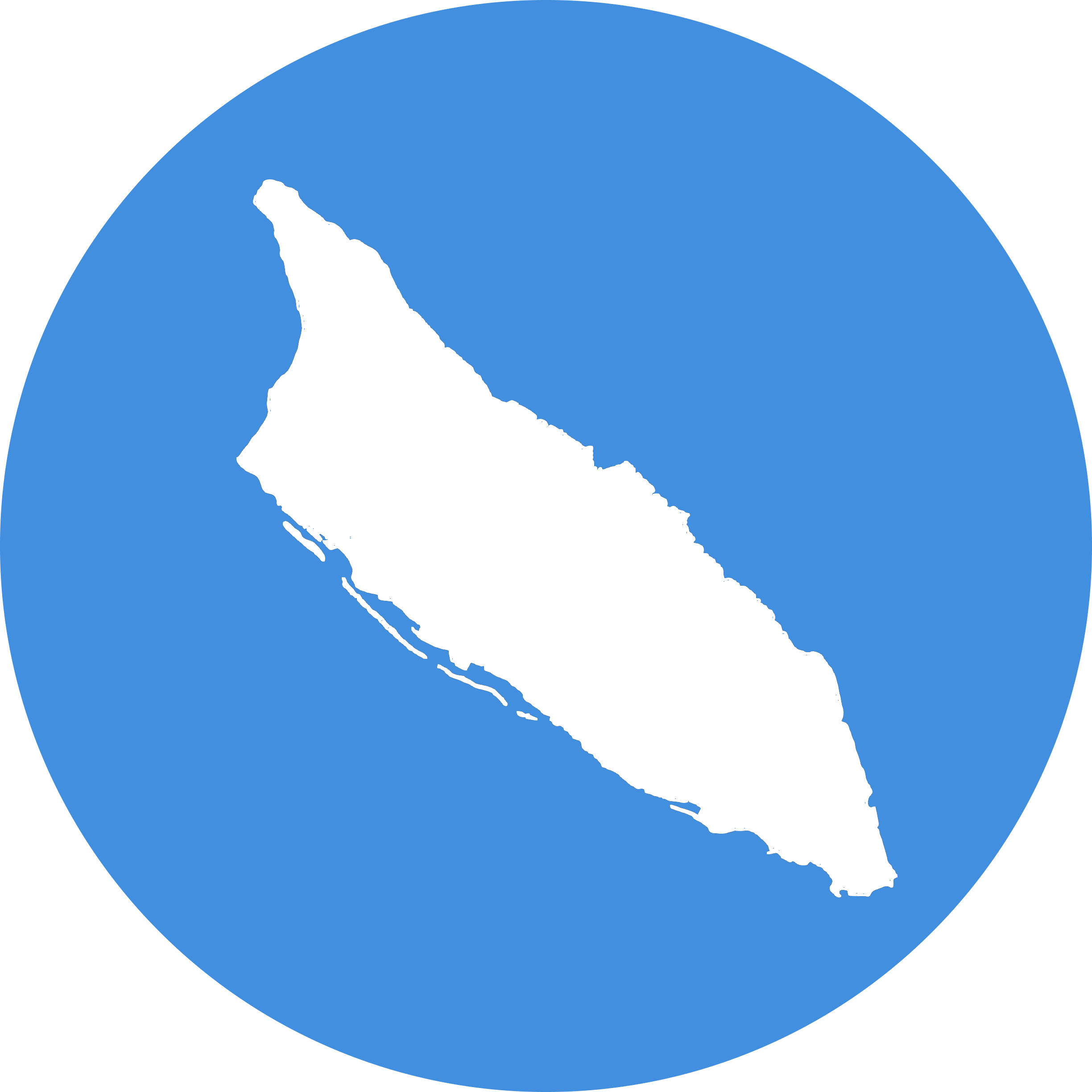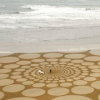Coleccion Aruba > Browse > " WORLD IN ACTION THE FIGHTING DUTCH " HOLLAND / NETHERLANDS & DUTCH COLONIES IN WWII 42894
Description:
This film is from the series called “The World in Action” which was a monthly series from the National Film Board of Canada made to boost morale and show the Allied war effort during WW2. It focuses on the Netherlands as they were invaded by Germany in 1940. It is presented by United Artists (:08) and opens with footage of the Netherlands after they had been invaded (:43). The country was then divided by the barbed wires of concentration camps and under Nazi rule (:45). A newspaper follows with the Nazi insignia (:54). After the invasion, communication between England and Holland continued as Holland’s fighting underground sought to overthrow the invaders (1:14). The Royal Air Force was to hit a railroad yard which the Nazi’s were using to move troops to the coast through (1:18) and during this raid a man introduced as Peter van den Dungen was to play an integral role (1:26). The film then depicts images of Peter’s reminiscing on the Netherlands including ice skaters (1:45), windmills, fishing villages, sail boats (2:01) and of Rembrandt’s influence on his home country (2:26). To represent the modernization of Holland, industrial cities (2:26) and more modern designed building architectures are shown (2:29). Prior to the invasion, Holland was in a hundred years of peace with it’s European neighbors (2:56). A map follows showing the Netherlands with its 8 million inhabitants which also governed the East and West Dutch Indies populated by 67 million (3:25). The Dutch East Indies (3:37) are rich in oil, rubber and other natural resources. They governed these areas based on the idea of stewardship rather than ownership (3:49). Natives of Java are seen harvesting crops (3:57). The Dutch instituted scientific trainings here under an education system designed to preserve native customs (4:07). The Dutch West Indies include the islands of Aruba and St. Martin as well as Dutch Guiana resting on the mainland of South America (4:30). In September of 1939 (5:01), headlines informed Holland that war was coming, though the government which had adopted a military stance of neutrality, refused to allow discussions with the French or the British in hopes the Nazi’s would go else where (5:14). On May 10th, 1940 the Nazi’s invaded (5:30). In an effort to slow the Germans, the Dutch flooded large portions of their land in a horizontal defense maneuver (6:01). The German’s attacked vertically from the skies (6:02) and paratroopers are seen landing onto a bridge (6:10). The Dutch surrendered quickly (6:12) and while they were signing the terms of surrender, German’s bombed Rotterdam (6:28). Holland’s government was established in England (6:49) and they quickly set to reinforcing the small Indies army with weapons and men (6:51). Vital products of the indies include tea, rice, rubber and tin (7:29) which encouraged Germany’s axis partner, Japan, to keep a watchful eye on the area. Japan sent diplomats to negotiate trade deals with the Indies (7:48) and they were unsuccessful. Regardless, war plans were already formed to attack the Netherlands (7:48). Shortly after, Pearl harbor was hit (8:17). Indonesians worked to reinforce the defenses of the island and natives are seen wheeling out clusters of shells (8:33). Dutch and Indonesian navy and army planes hit Japanese shipping installments of the China Sea (8:37) as Japan was moving to invade Malaya. The Royal Dutch Navy attempted, and failed, to prevent the Japanese from hitting Singapore (9:28) which drained them of their capabilities to defend the islands. Bombs hit the Indies (9:36) and Japan landed, pushing the small Indies army back to the jungle and mountains (9:53). The Netherlands government in exile sent the remaining Dutch army to Canada for training (10:35) and the Royal Netherlands Air Force trained in the US to defend southern pacific fronts of the war (10:56). Indonesian soldiers were sent 10,000 miles west to defend Dutch Guiana as it was now a vital economic resource to the Allied war effort (11:37). Some of the largest oil refineries of the western world sat in Curacao and Aruba (11:57) which produced high test aviation fuel. The UN needed these resources for the Allies in order to replace the oil of the Dutch East Indies as it was now within Japan’s empire (12:06). Dutch and American flyers are seen hitting Japanese forces as they began to recapture the Indies (13:50). Landing barges of the Allied armies are seen heading towards the outer lying islands (14:12). The film then turns back to Peter van der Dungen (14:33) as he signals to the airborne fighting Dutch (14:47) and hits a detonator causing an explosion on the railway (14:54). This film is part of the Periscope Film LLC archive, one of the largest historic military, transportation, and aviation stock footage collections in the USA. Entirely film backed, this material is available for licensing in 24p HD, 2k and 4k. For more information visit https://www.PeriscopeFilm.com
Part of these collections:
This film is from the series called “The World in Action” which was a monthly series from the National Film Board of Canada made to boost morale and show the Allied war effort during WW2. It focuses on the Netherlands as they were invaded by Germany in 1940. It is presented by United Artists (:08) and opens with footage of the Netherlands after they had been invaded (:43). The country was then divided by the barbed wires of concentration camps and under Nazi rule (:45). A newspaper follows with the Nazi insignia (:54). After the invasion, communication between England and Holland continued as Holland’s fighting underground sought to overthrow the invaders (1:14). The Royal Air Force was to hit a railroad yard which the Nazi’s were using to move troops to the coast through (1:18) and during this raid a man introduced as Peter van den Dungen was to play an integral role (1:26). The film then depicts images of Peter’s reminiscing on the Netherlands including ice skaters (1:45), windmills, fishing villages, sail boats (2:01) and of Rembrandt’s influence on his home country (2:26). To represent the modernization of Holland, industrial cities (2:26) and more modern designed building architectures are shown (2:29). Prior to the invasion, Holland was in a hundred years of peace with it’s European neighbors (2:56). A map follows showing the Netherlands with its 8 million inhabitants which also governed the East and West Dutch Indies populated by 67 million (3:25). The Dutch East Indies (3:37) are rich in oil, rubber and other natural resources. They governed these areas based on the idea of stewardship rather than ownership (3:49). Natives of Java are seen harvesting crops (3:57). The Dutch instituted scientific trainings here under an education system designed to preserve native customs (4:07). The Dutch West Indies include the islands of Aruba and St. Martin as well as Dutch Guiana resting on the mainland of South America (4:30). In September of 1939 (5:01), headlines informed Holland that war was coming, though the government which had adopted a military stance of neutrality, refused to allow discussions with the French or the British in hopes the Nazi’s would go else where (5:14). On May 10th, 1940 the Nazi’s invaded (5:30). In an effort to slow the Germans, the Dutch flooded large portions of their land in a horizontal defense maneuver (6:01). The German’s attacked vertically from the skies (6:02) and paratroopers are seen landing onto a bridge (6:10). The Dutch surrendered quickly (6:12) and while they were signing the terms of surrender, German’s bombed Rotterdam (6:28). Holland’s government was established in England (6:49) and they quickly set to reinforcing the small Indies army with weapons and men (6:51). Vital products of the indies include tea, rice, rubber and tin (7:29) which encouraged Germany’s axis partner, Japan, to keep a watchful eye on the area. Japan sent diplomats to negotiate trade deals with the Indies (7:48) and they were unsuccessful. Regardless, war plans were already formed to attack the Netherlands (7:48). Shortly after, Pearl harbor was hit (8:17). Indonesians worked to reinforce the defenses of the island and natives are seen wheeling out clusters of shells (8:33). Dutch and Indonesian navy and army planes hit Japanese shipping installments of the China Sea (8:37) as Japan was moving to invade Malaya. The Royal Dutch Navy attempted, and failed, to prevent the Japanese from hitting Singapore (9:28) which drained them of their capabilities to defend the islands. Bombs hit the Indies (9:36) and Japan landed, pushing the small Indies army back to the jungle and mountains (9:53). The Netherlands government in exile sent the remaining Dutch army to Canada for training (10:35) and the Royal Netherlands Air Force trained in the US to defend southern pacific fronts of the war (10:56). Indonesian soldiers were sent 10,000 miles west to defend Dutch Guiana as it was now a vital economic resource to the Allied war effort (11:37). Some of the largest oil refineries of the western world sat in Curacao and Aruba (11:57) which produced high test aviation fuel. The UN needed these resources for the Allies in order to replace the oil of the Dutch East Indies as it was now within Japan’s empire (12:06). Dutch and American flyers are seen hitting Japanese forces as they began to recapture the Indies (13:50). Landing barges of the Allied armies are seen heading towards the outer lying islands (14:12). The film then turns back to Peter van der Dungen (14:33) as he signals to the airborne fighting Dutch (14:47) and hits a detonator causing an explosion on the railway (14:54). This film is part of the Periscope Film LLC archive, one of the largest historic military, transportation, and aviation stock footage collections in the USA. Entirely film backed, this material is available for licensing in 24p HD, 2k and 4k. For more information visit https://www.PeriscopeFilm.com
Part of these collections:
License/rights/reuse information:
https://creativecommons.org/licenses/by-nc-nd/4.0/
Metadata: XML, JSON
Full item record: Internet Archive
https://creativecommons.org/licenses/by-nc-nd/4.0/
Metadata: XML, JSON
Full item record: Internet Archive
coleccion.aw - Un solo portal pa e herencia documental y audiovisual di Aruba.Mas informacion/contribui/bira partner: Tuma contacto cu nos!


